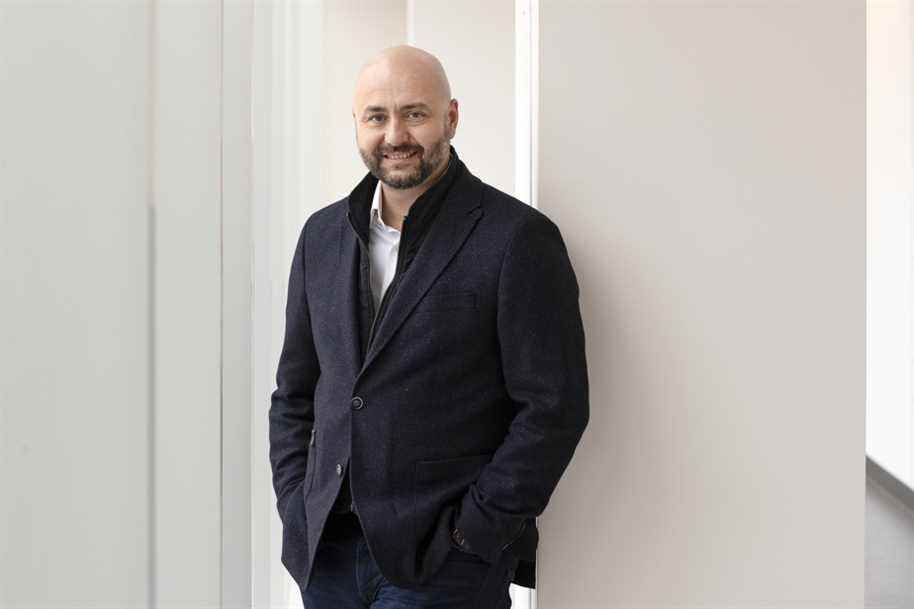“The silo approach is over, we saw it with the pandemic,” Yannick Elliott gives as an example. Pharmaceutical companies have been working in the same direction to develop vaccines and they got there within a year. We have to go in that direction. ”
While conceding that this way of doing things remains “still very embryonic”, he believes that it is necessary to “promote this business model” to advance research to “take the pressure off the health system”.
“Large foundations have an important role to play [pour solutionner] social issues, that’s for sure, he submits. They are expected to develop strategies that promote [des initiatives] that will give concrete results. It’s part of the trends. But there are many others, just as important. ”
New trends
From the outset, the vice president confirms that donors, whether foundations or individuals, expect clear communication, with “concrete stories of people who have been cared for. »Thanks to funds collected for research.
“In other words, when you touch the heart, people understand the importance of continuing to contribute,” he gives as an example.
In this regard, he notes that “philanthropic culture has been booming” in Quebec for several years, with an ever greater awareness of giving to foundations.
We are talking about planned gifts. We also talk about testamentary bequests, life insurance. These are people who wish to continue their philanthropic work [après leur mort]. We see patients who have been treated at the Heart Institute and who decide to leave a portion of their assets [financiers] to the Foundation, during the drafting of their will.
Yannick Elliott, Vice-President of Philanthropic Development at the Montreal Heart Institute Foundation
And who are the donors?
To this question, the Vice-President replied that the 80-20 rule applied. “We estimate that 80% of donations come from foundations and large donors, and 20% from donations from smaller donors,” he says.
A large donor will be able to contribute up to $ 1 million over a five-year period. A small donor will contribute an average of a hundred dollars a year.
“It is important to maintain the bonds of fidelity both with the big ones and with the smallest ones, he insists. Someone who gives $ 100 a year could one day contribute $ 5,000, and more over the years. ”
The importance of transparency
And what about transparency?
This is another very important issue, opines Yannick Elliott.
“We want the money collected to be used for research and patient aid,” he explains. We send newsletters to our donors to explain to them what their donations are used for, whether we are thinking of purchasing a specialized device. ”
He adds, in conclusion: “It is all a matter of transparency. People trust us, and we want the bonds to remain strong over the years. ”

